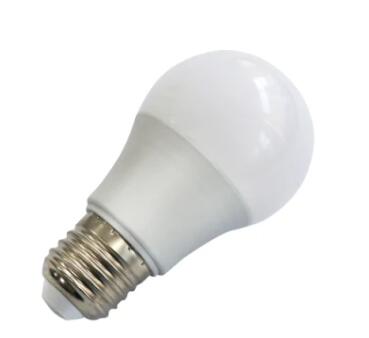Navigating the Wattage Equivalent Quandary: Choosing the Right LED Bulb
2024-05-25
When it comes to switching from traditional incandescent bulbs to LED bulbs, the wattage equivalent is often a puzzling factor. In this blog, we'll guide you through the process of selecting the right LED bulb wattage equivalent, ensuring you get the brightness and energy efficiency you need.
First, let's understand the difference between wattage and lumens. Wattage is a measure of power consumption, while lumens indicate the brightness of a light source. With incandescent bulbs, wattage and brightness were closely related, but this is not the case with LED bulbs. LED bulbs use significantly less wattage to produce the same amount of light as traditional bulbs.
Therefore, when choosing an LED bulb, it's essential to focus on lumens rather than wattage. The packaging of LED bulbs will typically indicate the equivalent wattage of an incandescent bulb, along with the actual lumen output. This equivalent wattage is a helpful guideline, but it's not an exact match.
Here's how you can choose the right LED bulb wattage equivalent:
Determine Your Needs: Consider the brightness you require for the specific space or application. If you're replacing a 60-watt incandescent bulb in a reading lamp, for instance, you'll want a bright LED bulb that produces enough lumens to suit your needs.
Check the Lumens: Look for the lumen output indicated on the packaging of LED bulbs. Compare this to the brightness you need and select a bulb with a suitable lumen range.
Consider Color Temperature: Color temperature is another factor to consider. LED bulbs come in a variety of color temperatures, ranging from warm yellow to cool white. Choose a color temperature that provides the desired ambiance and clarity.
Check for Dimming Compatibility: If you use dimmers in your home, ensure the LED bulb you choose is compatible with your dimming system. Some LED bulbs may not work properly with certain dimmers.
Read the Fine Print: Read the product specifications and reviews carefully to ensure you're getting a quality LED bulb that meets your expectations.
Remember, wattage is not the only factor to consider when choosing an LED bulb. Lumens, color temperature, and dimming compatibility are also crucial factors that impact the performance and satisfaction of your LED lighting. By focusing on these factors, you can navigate the wattage equivalent quandary and select the right LED bulb for your needs.



